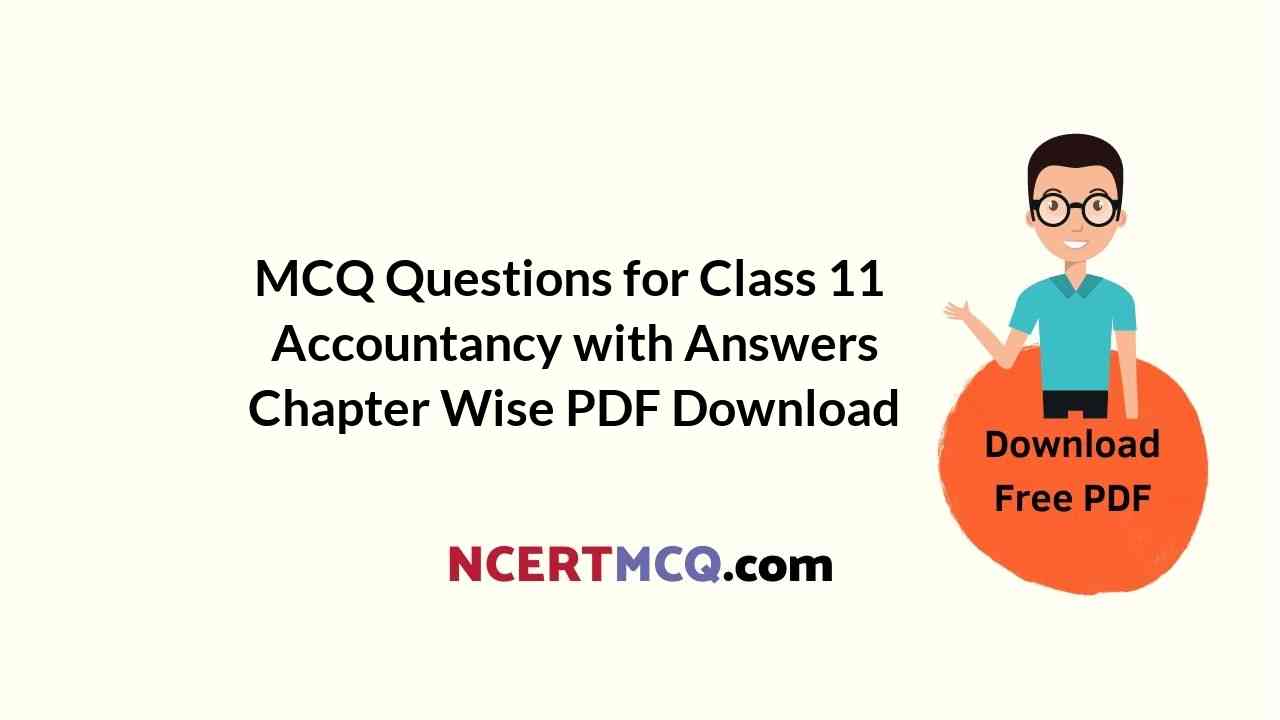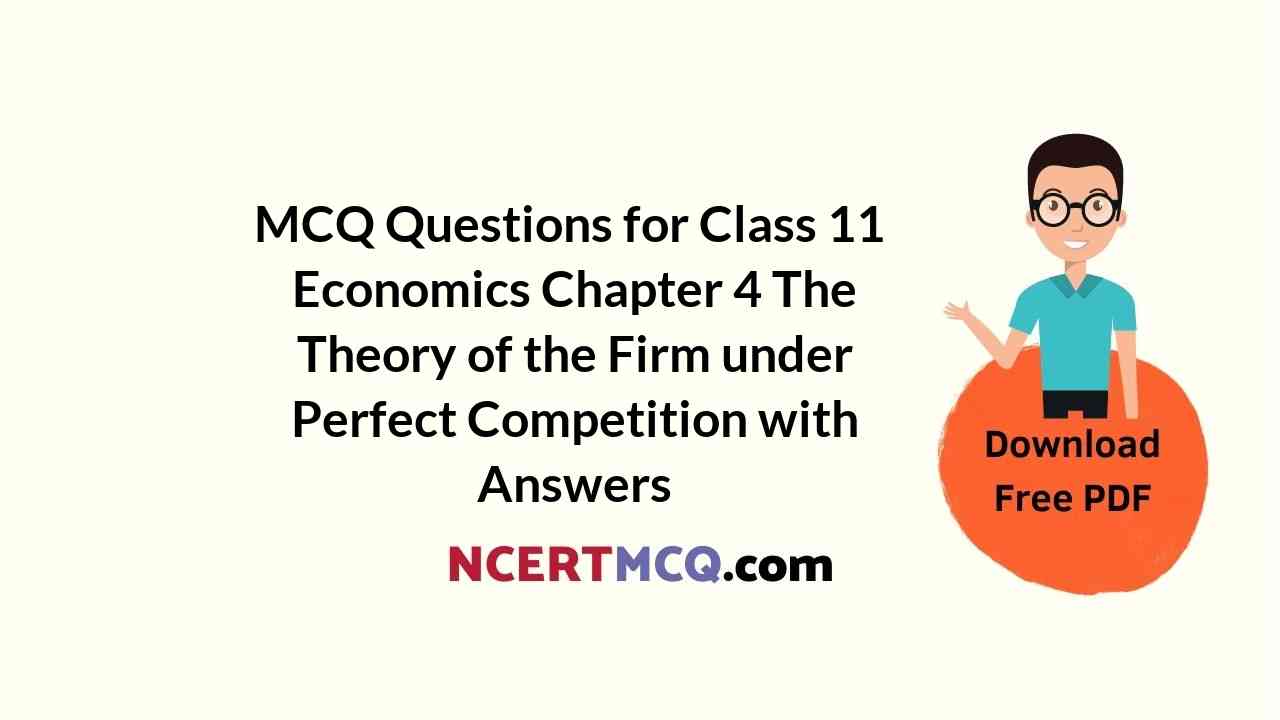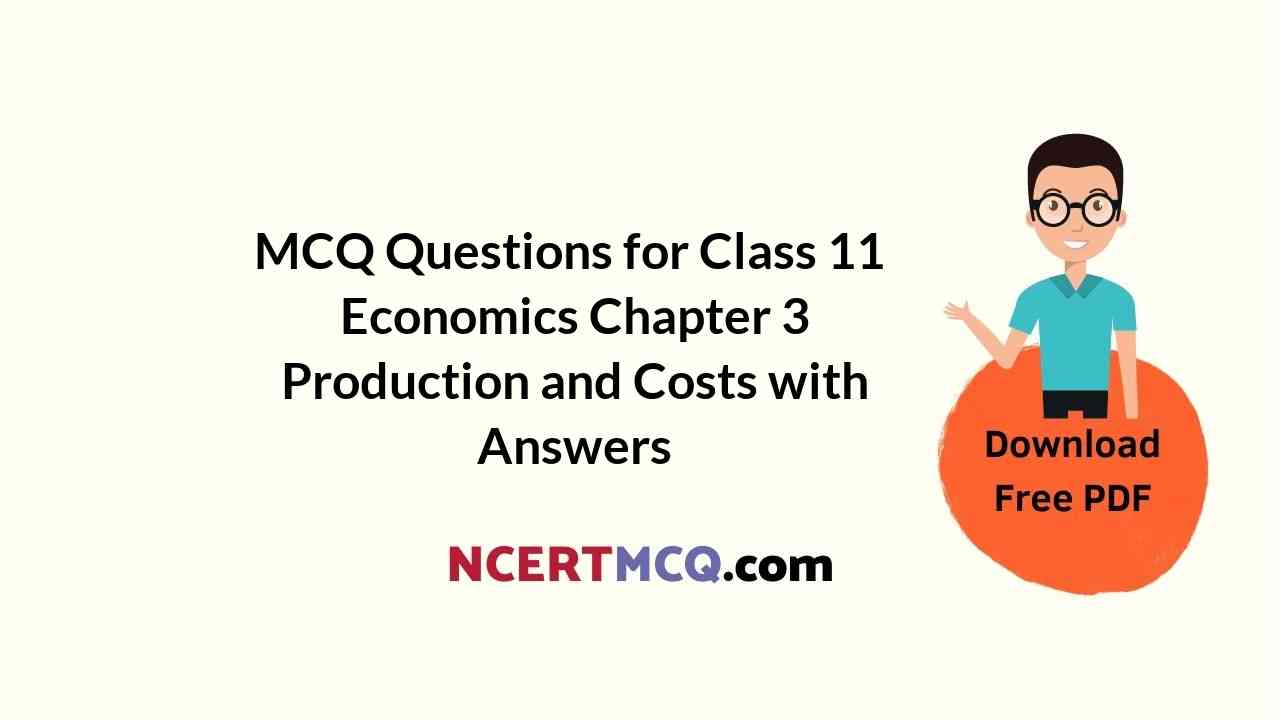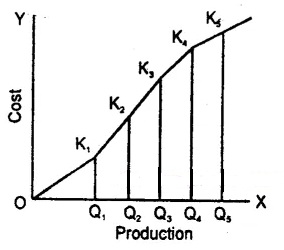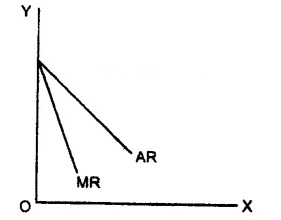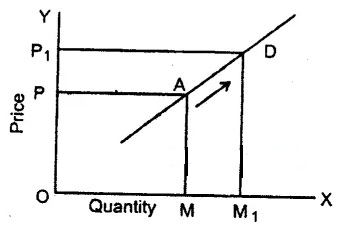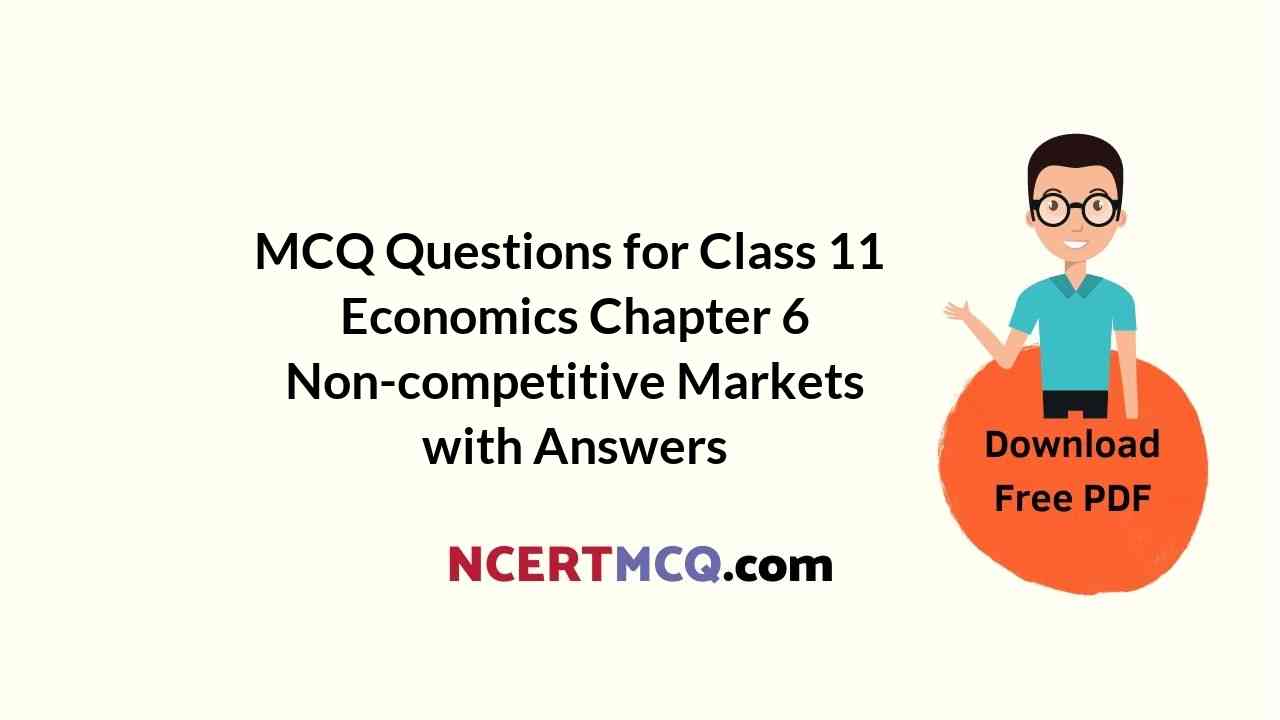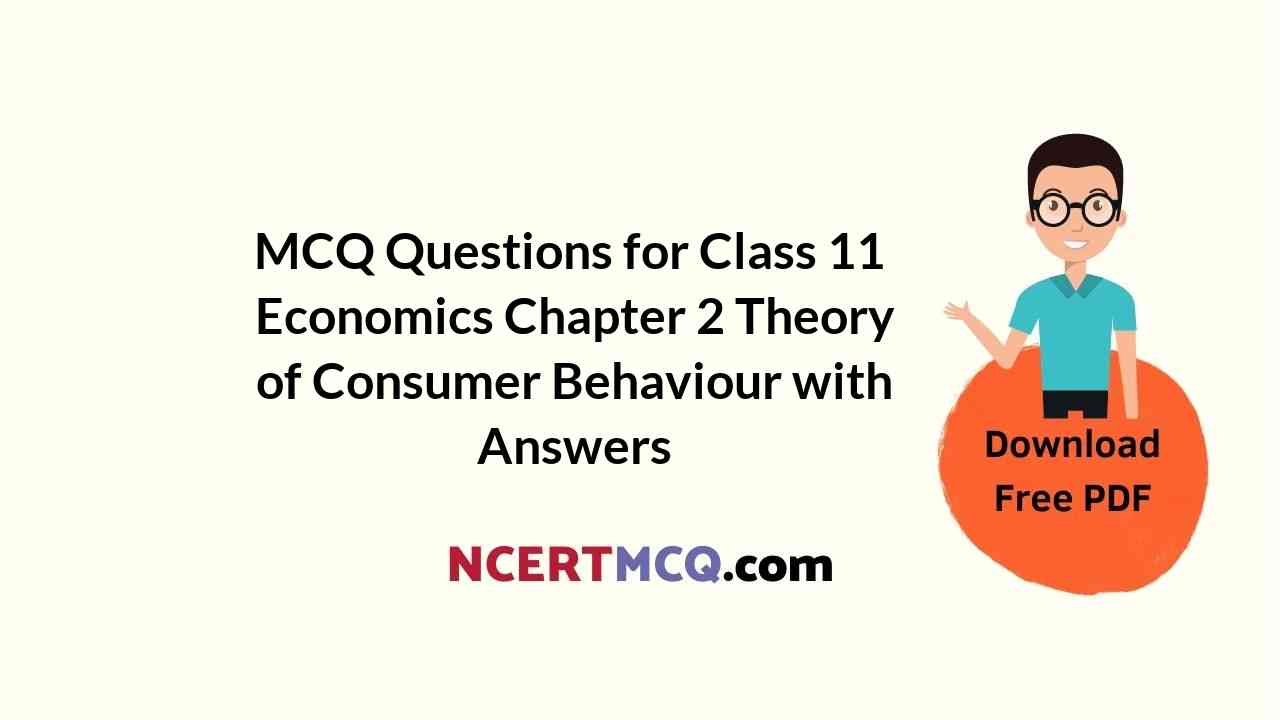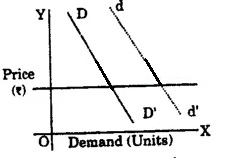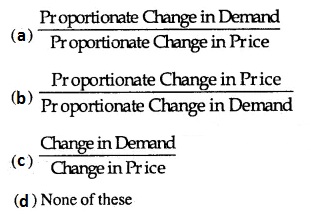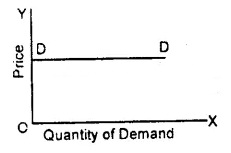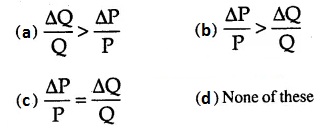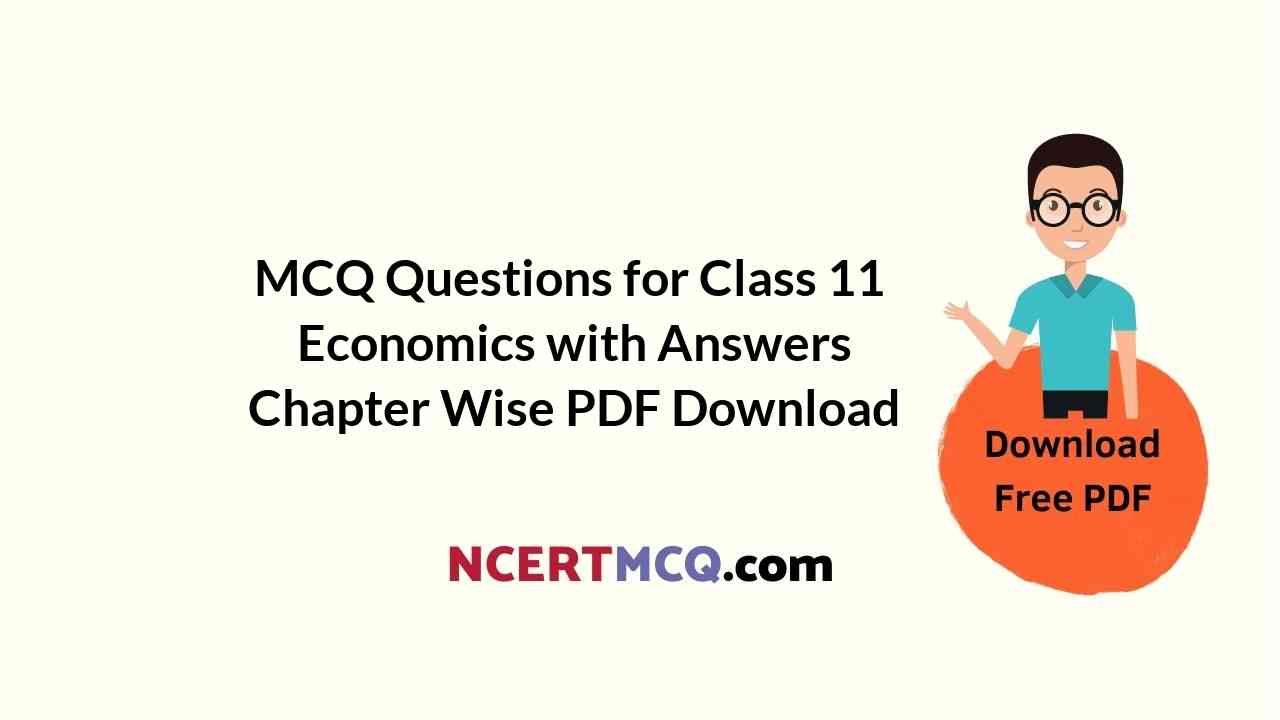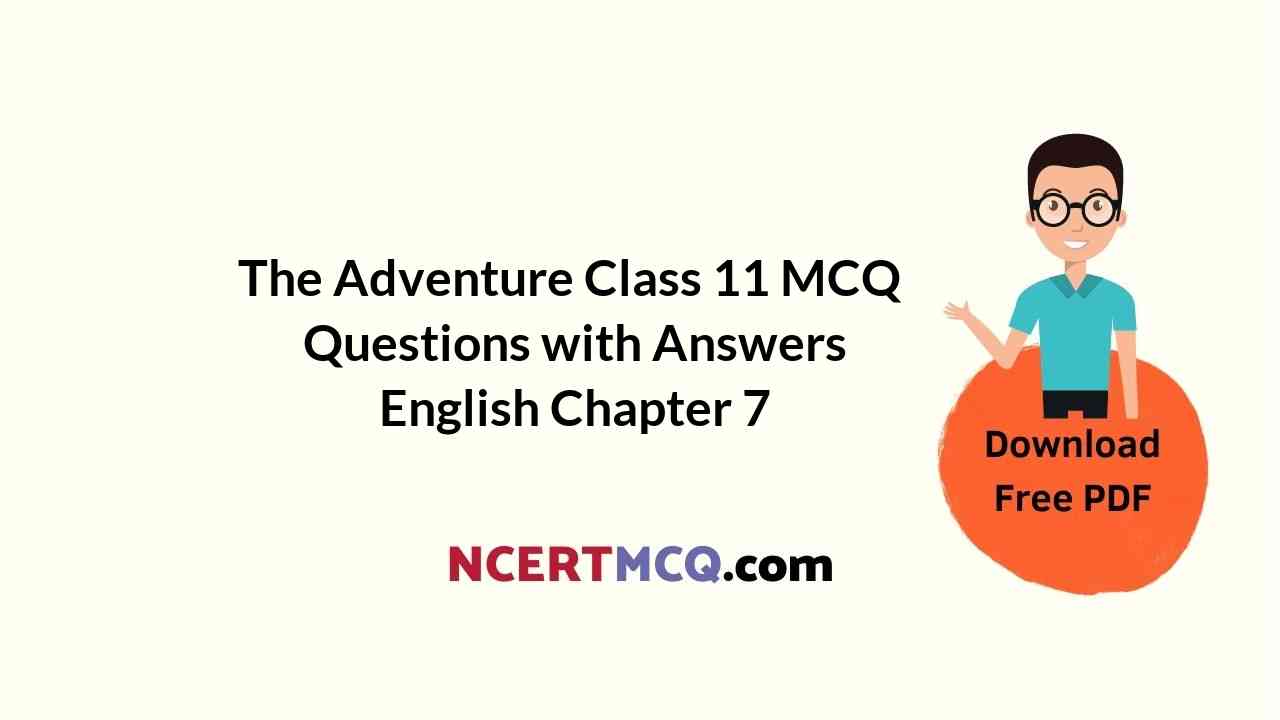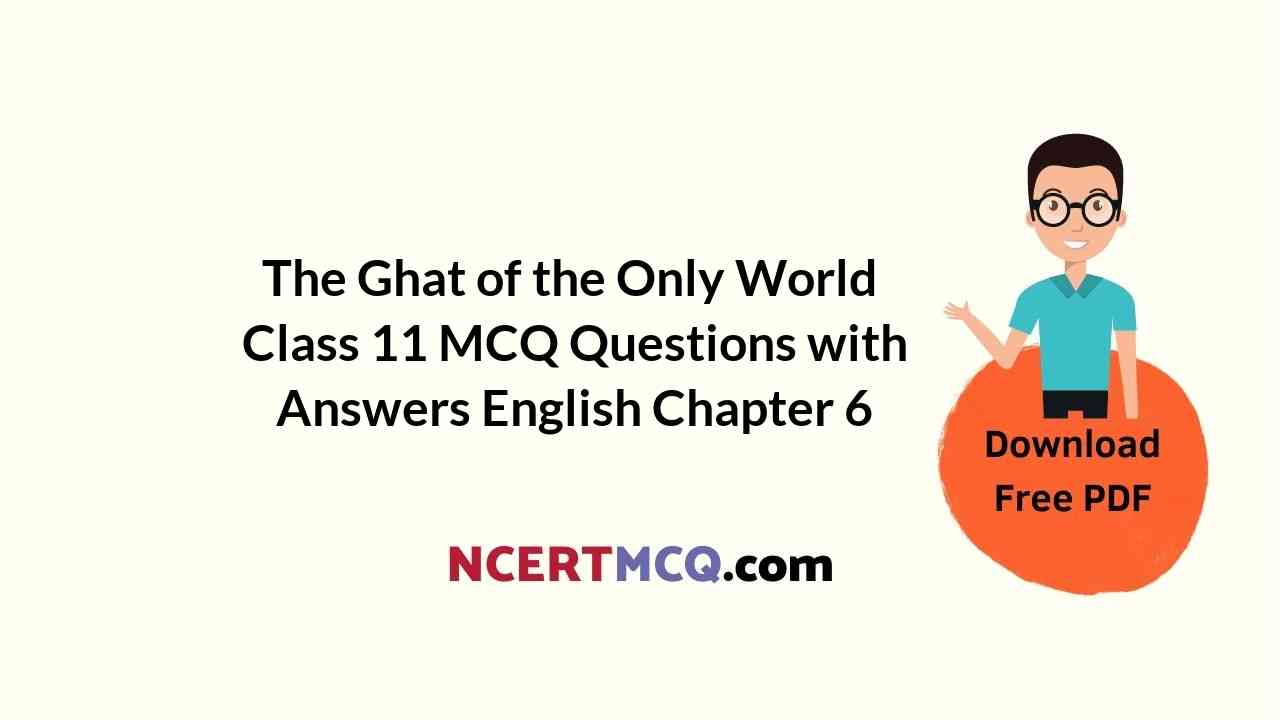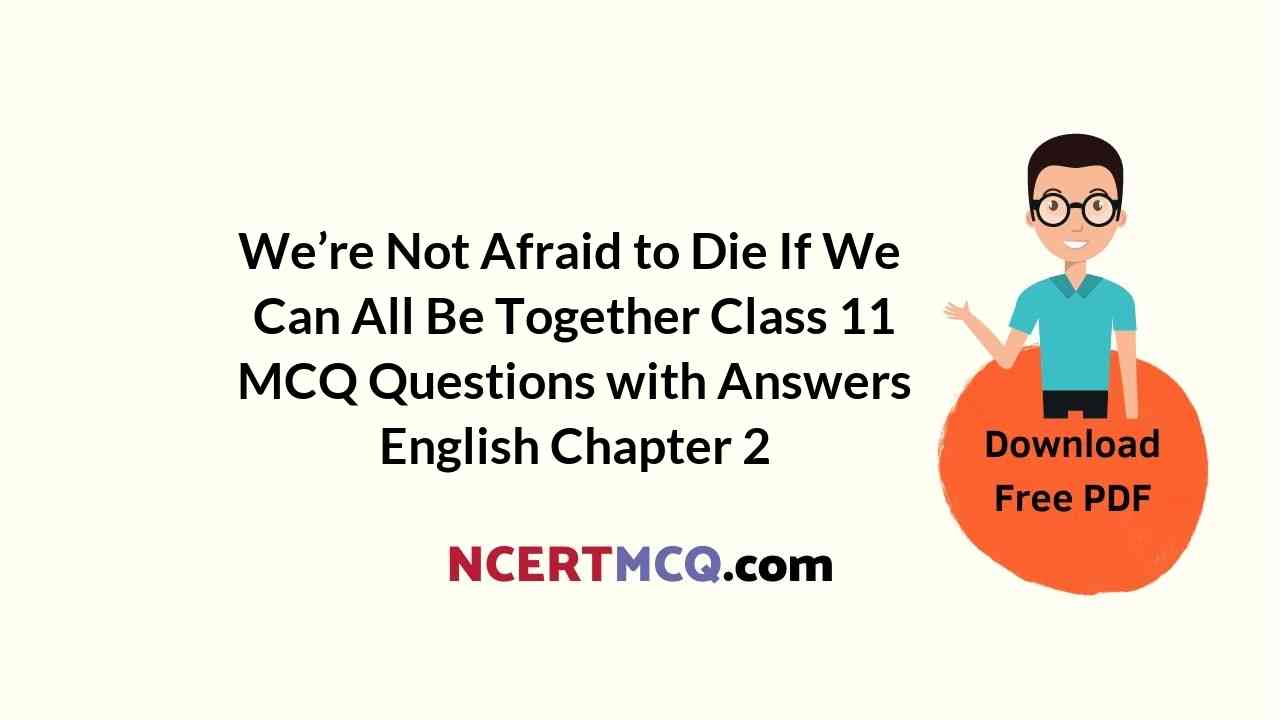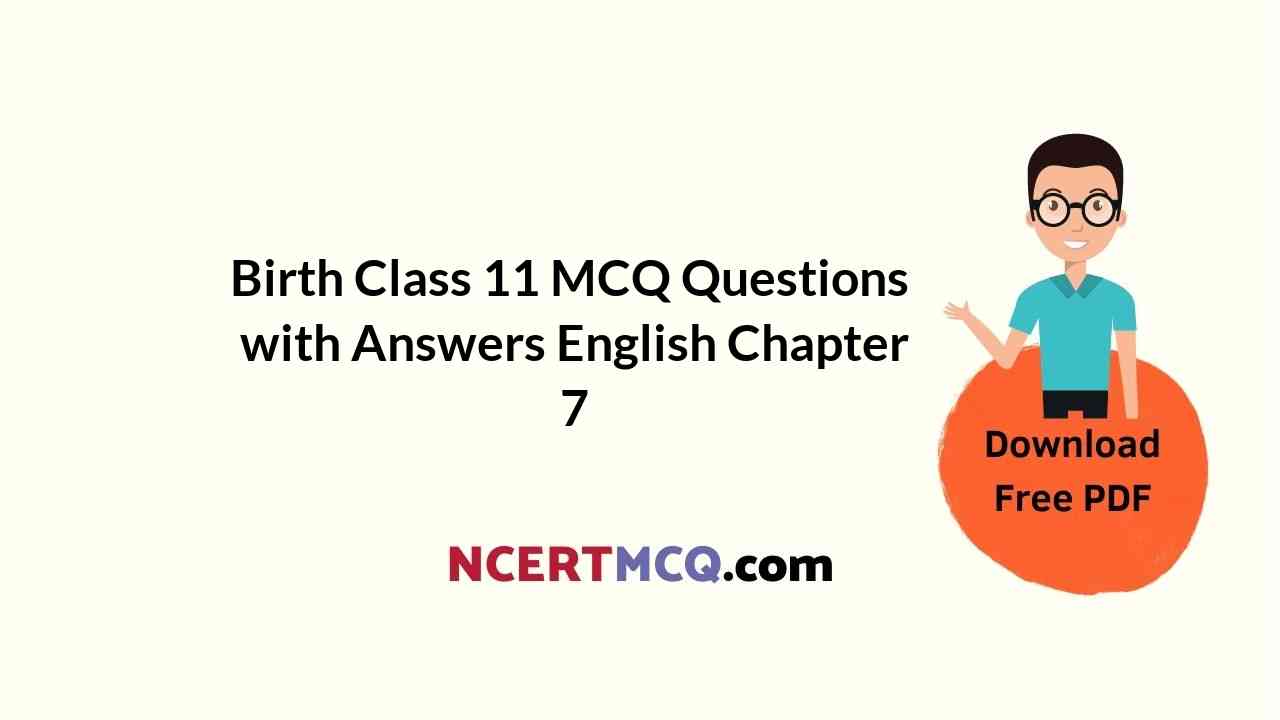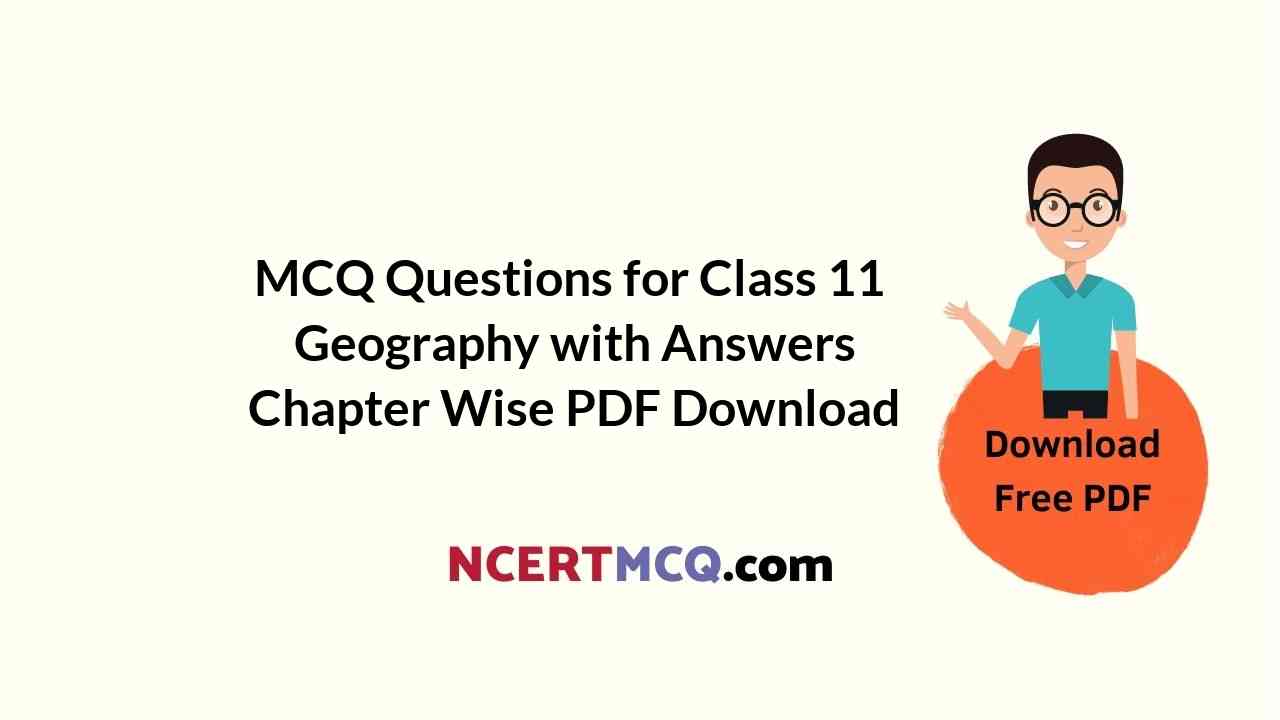Get Chapter Wise MCQ Questions for Class 11 Accountancy with Answers PDF Free Download prepared here according to the latest CBSE syllabus and NCERT curriculum. Students can practice CBSE Class 11 Accountancy MCQs Multiple Choice Questions with Answers to score good marks in the examination.
Class 11 Accountancy MCQs Multiple Choice Questions with Answers
Practicing these CBSE NCERT Objective MCQ Questions of Class 11 Accountancy with Answers Pdf will guide students to do a quick revision for all the concepts present in each chapter and prepare for final exams.
MCQ Questions for Class 11 Accountancy: Financial Accounting
- Introduction to Accounting Class 11 MCQ
- Theory Base of Accounting Class 11 MCQ
- Recording of Transactions 1 Class 11 MCQ
- Recording of Transactions 2 Class 11 MCQ
- Bank Reconciliation Statement Class 11 MCQ
- Trial Balance and Rectification of Errors Class 11 MCQ
- Depreciation, Provisions and Reserves Class 11 MCQ
- Bills of Exchange Class 11 MCQ
- Financial Statements 1 Class 11 MCQ
- Financial Statements 2 Class 11 MCQ
- Accounts from Incomplete Records Class 11 MCQ
- Applications of Computers in Accounting Class 11 MCQ
- Computerised Accounting System Class 11 MCQ
- Structuring Database for Accounting Class 11 MCQ
- Accounting System Using Database Management System Class 11 MCQ
Students can also Check below CS Executive Accounting MCQ Questions and Answers
CS Executive MCQ & Important Questions and Answers
- CS Executive Jurisprudence, Interpretation & General Laws Important Questions
- CS Executive Company Law Important Questions
- CS Executive Economic, Business and Commercial Laws Important Questions
- CS Executive Setting Up of Business Entities and Closure Important Questions
- CS Executive Securities Laws and Capital Markets Important Questions
- CS Executive Tax Laws MCQ
- CS Executive Corporate and Management Accounting MCQ
- CS Executive Financial and Strategic Management MCQ
We hope the given NCERT MCQ Questions for Class 11 Accountancy with Answers PDF Free Download will help you. If you have any queries regarding CBSE Class 11 Accountancy MCQs Multiple Choice Questions with Answers, drop a comment below and we will get back to you soon.
